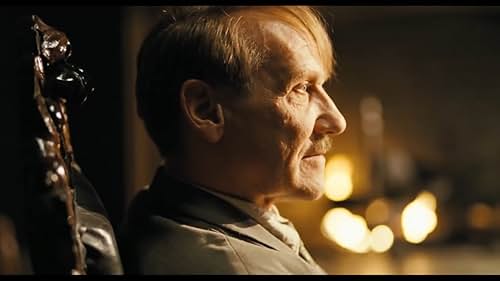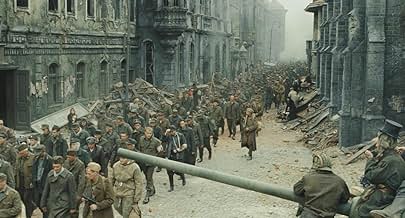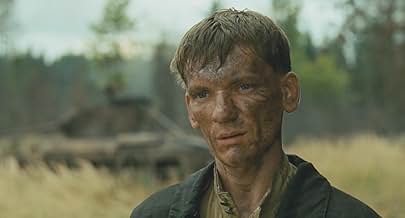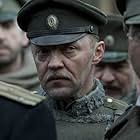Karen Shakhnazarov's WHITE TIGER resembles a series of Chinese boxes, setting up viewer expectations and then consciously frustrating them. At one level it is a powerful depiction of the realities of tank warfare during the Second World War, with crews cooped up in confined spaces trying their best to outwit their enemies. Some of the sequences are quite breathtakingly shot - especially when the Russian tank commanded by Naydenov (Aleksey Vertkov) stalks the eponymous White Tiger, a German tank with the apparent ability to elude all enemies. At another level, however, WHITE TIGER consciously raises questions in our minds: at the beginning of the film Naydenov suffers 90% burns, yet makes a remarkable recovery. It is as if he has been resurrected. He doesn't actually have a name, but is given one by his fellow-soldiers. And then there is the ending ... after the Nazi troops have surrendered in 1945 to the Soviets, Naydenov is still shown stalking the White Tiger, which he believes will prove a threat for several years to come. This is followed by another sequence involving an actor with a distinct resemblance to Hitler. The film apparently celebrates the Soviet cause in battle, then undercuts itself by suggesting that all forms of armed conflict are inevitable. Through such strategies director Shakhnazarov shows how one person's 'defeat' might be another person's 'victory': such terms are culturally and structurally relative. What is perhaps more significant is to acknowledge the ever-threatening presence of war through time and space.
















